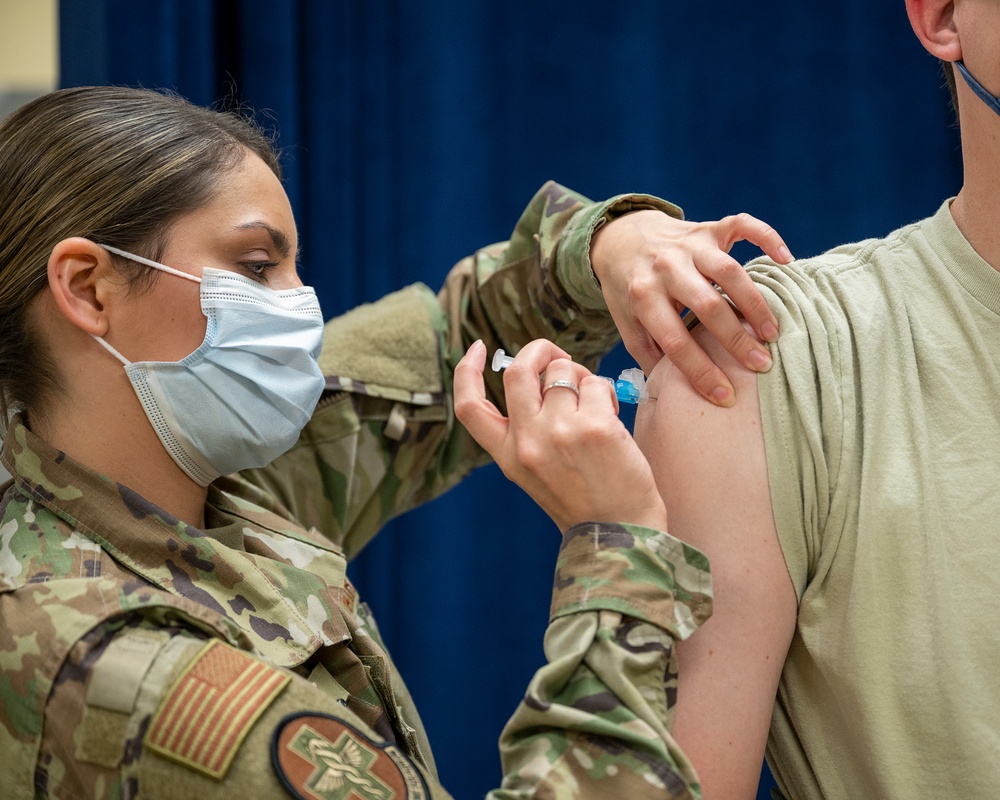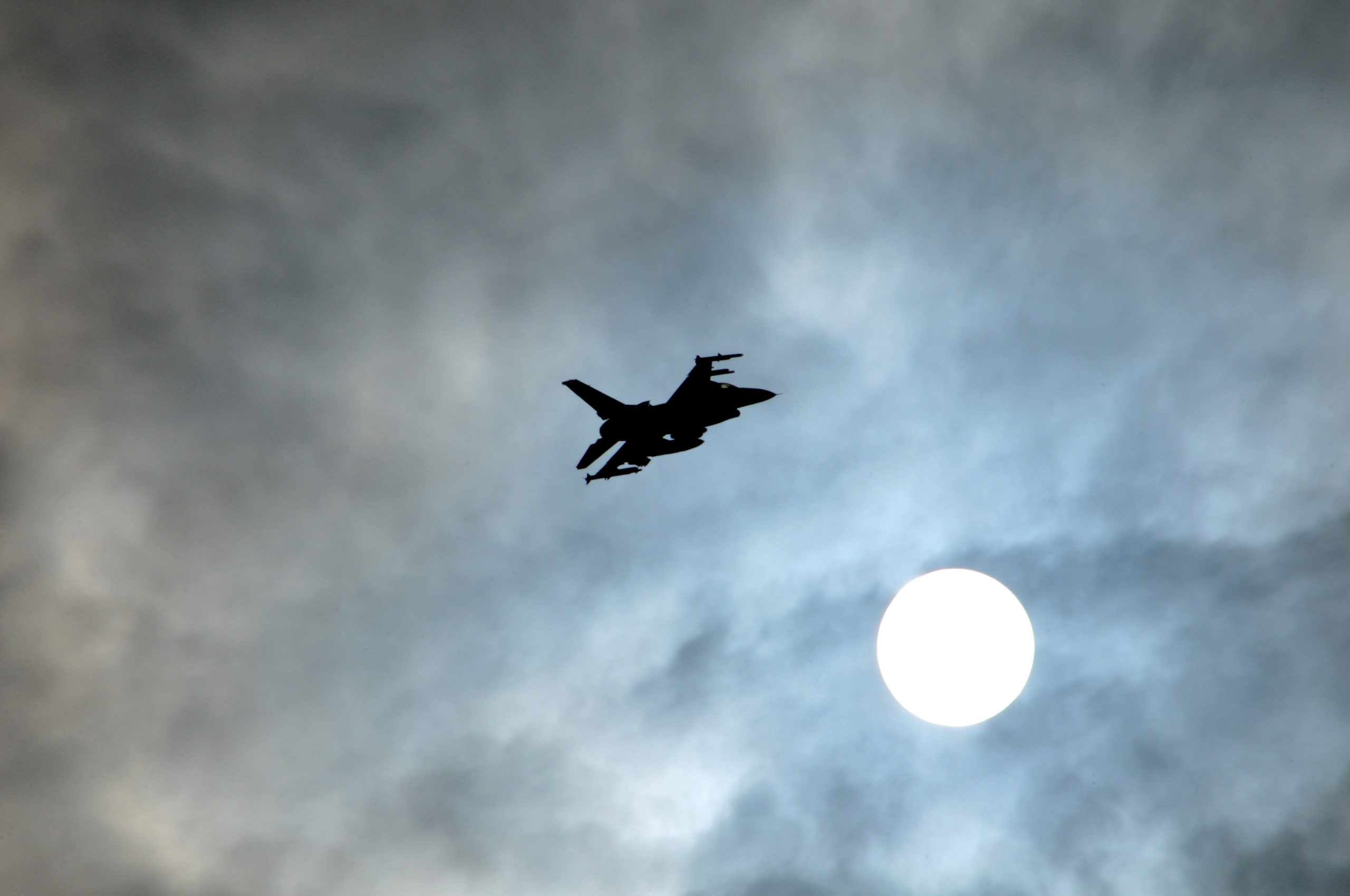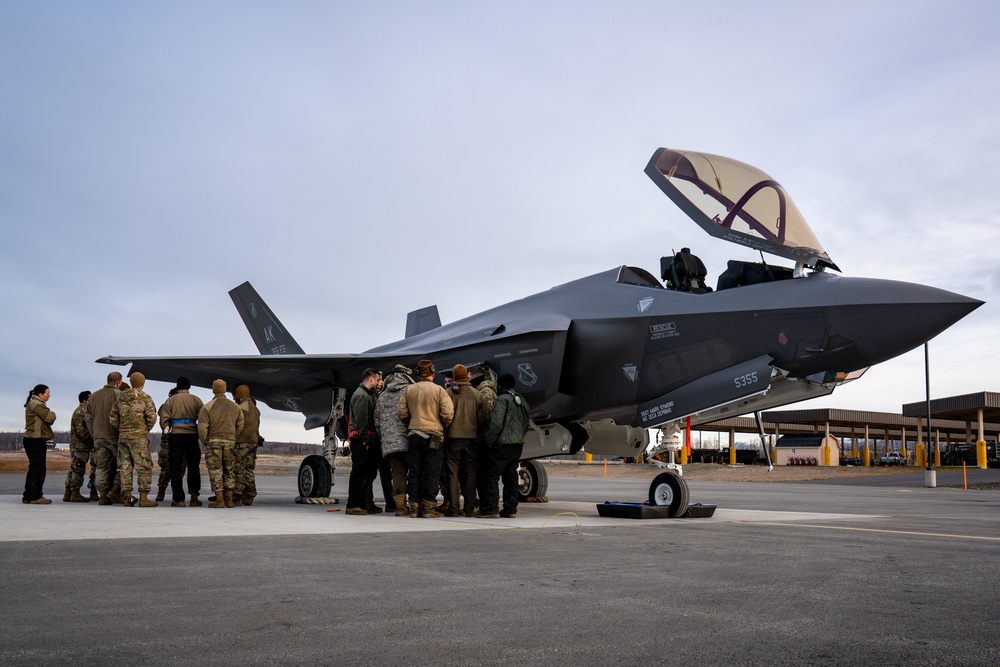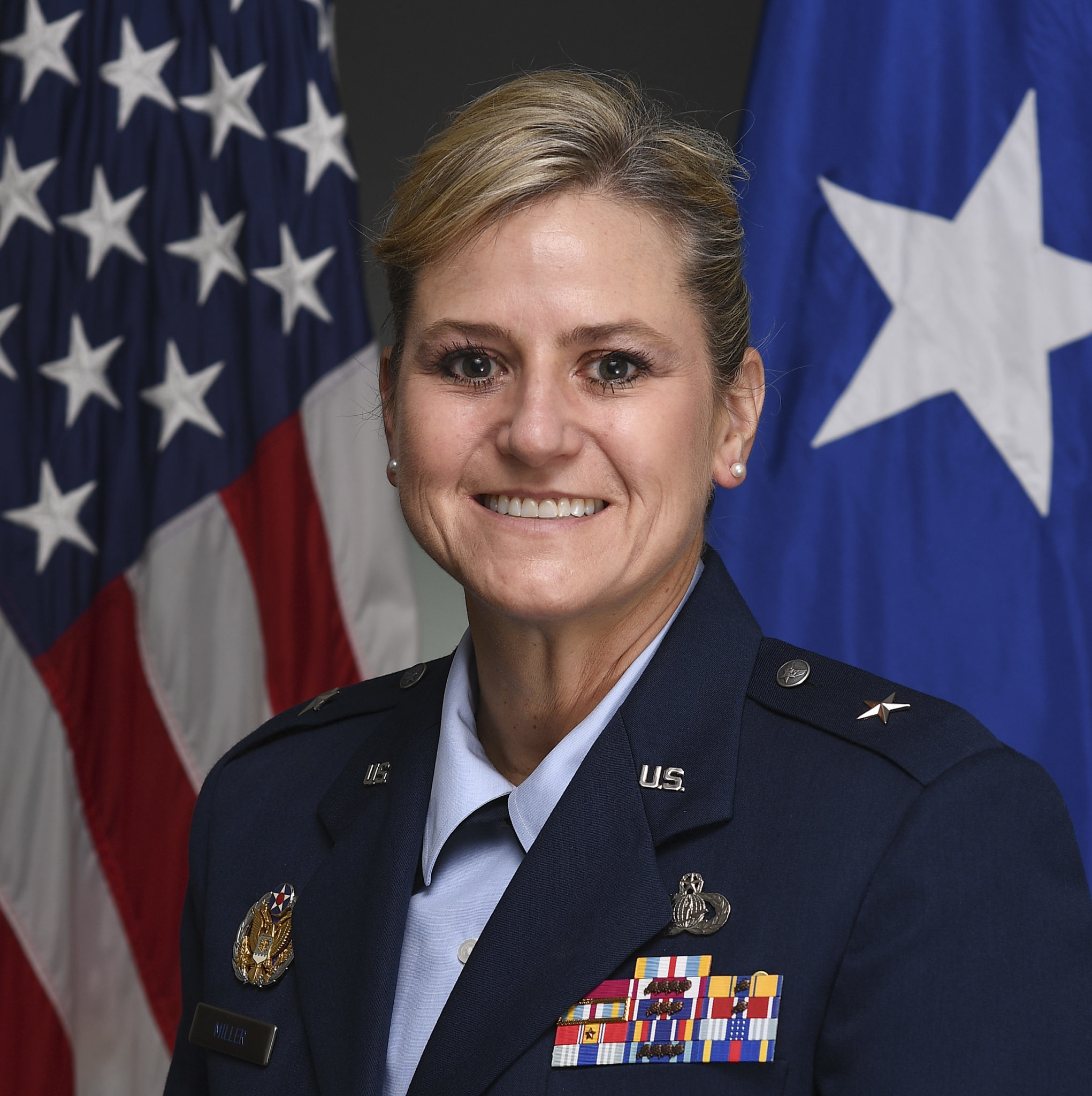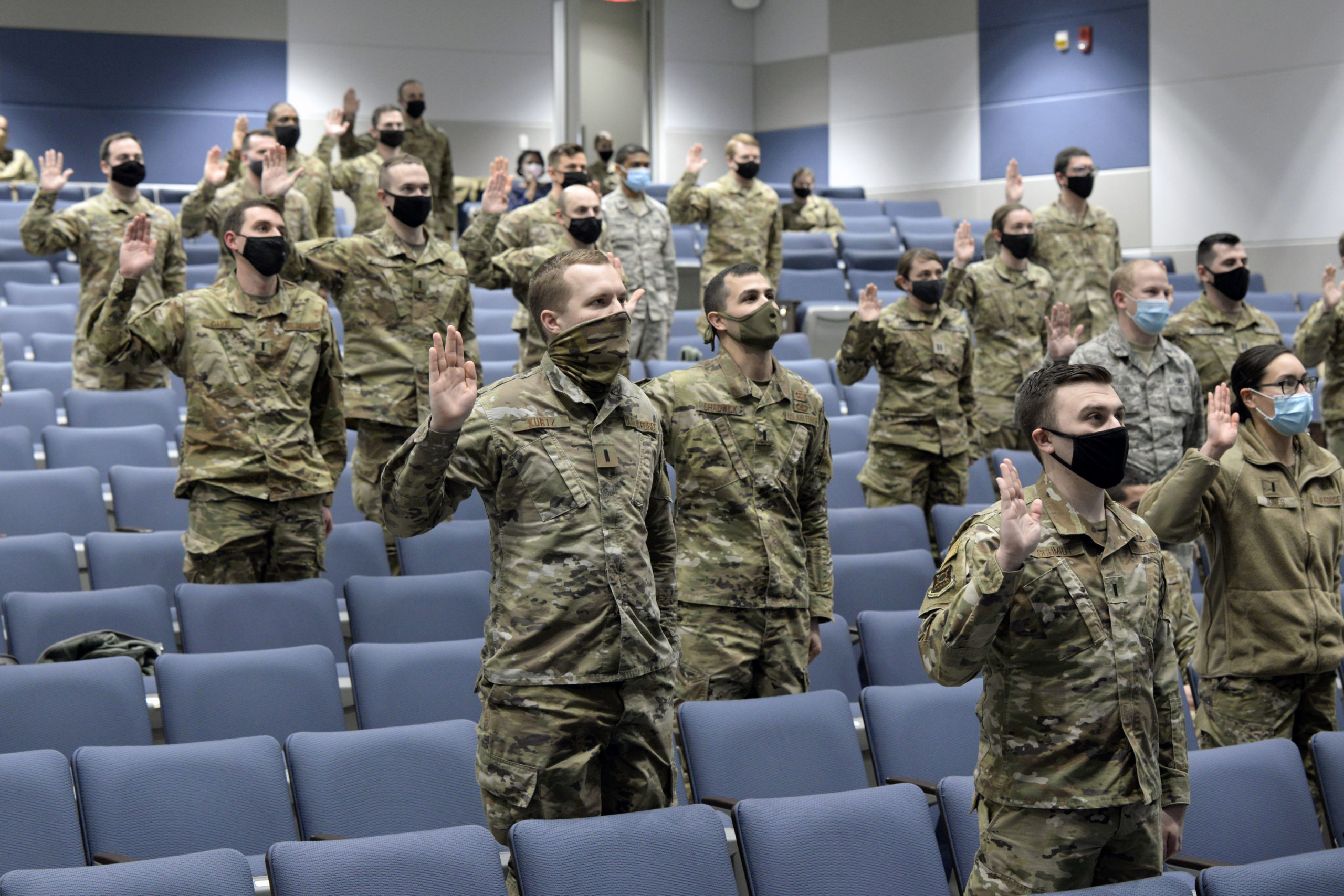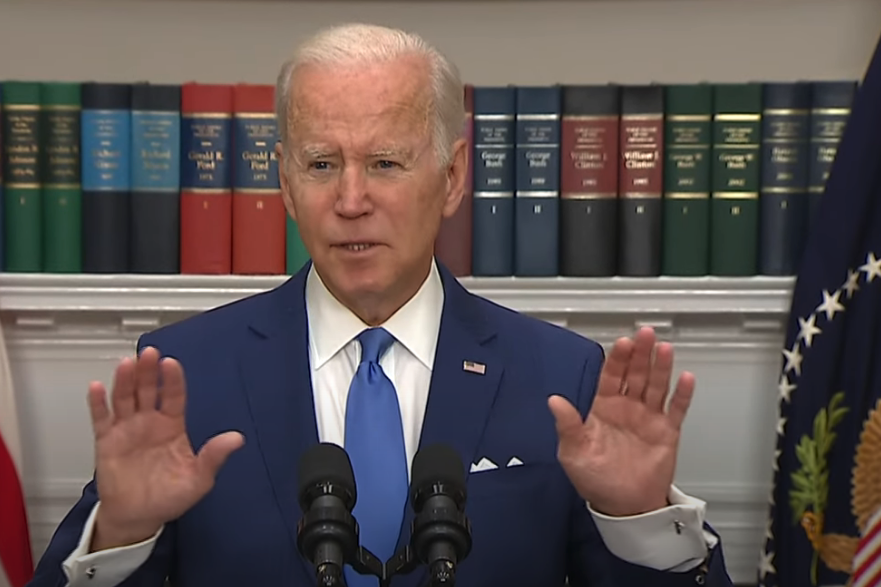The Air Force has now separated 287 Airmen for refusing to get the COVID-19 vaccine, and nearly all of them have received general discharges.
Of those booted from service, 281 received general discharges under honorable conditions—just shy of 98 percent. Five others received honorable discharges, and one got an entry-level discharge, acting deputy chief of staff for manpower, personnel, and services Gwendolyn R. Defilippi told the Senate Armed Services personnel subcommittee April 27.
The Space Force, meanwhile, has yet to discharge a single Guardian for vaccine refusal, USSF Chief Human Capital Officer Patricia Mulcahy told the congressional panel.
Every other service has kicked out more service members over the vaccine than the Air Force. The Marine Corps has separated 1,968 Marines; the Navy has discharged 798 Sailors; and the Army has booted 345 Soldiers.
The 287 Airmen separated represent roughly 0.05 percent of all Active-duty, Reserve, and Guard Airmen.
Under the 2022 National Defense Authorization Act, service members who refuse the COVID-19 vaccine cannot receive anything less than a general discharge under honorable conditions.
The services, however, have taken very different approaches beyond that. The Marine Corps has given 78 percent of those it separated a general discharge, while the Navy has given all honorable discharges. The Air Force has granted the fewest honorable discharges.
The differences between an honorable discharge and a general discharge under honorable conditions carry implications for the kinds of benefits the separated Airmen can take advantage of. While those with a general discharge can usually still receive medical benefits and home loans from the VA, they do not have access to the educational benefits from the GI Bill.
Normally, those with a general discharge are also prevented from being able to re-enlist in the service. However, Defilippi told Sen. Thom Tillis (R-N.C.) that “we … are interested in making sure that those who separate solely for the reason of a vaccine are able to re-enlist if they are able to comply with our vaccination requirements.”
According to the Department of the Air Force’s most recent statistics released April 25, 96.9 percent of the Total Force—including the Air Force and Space Force; Active-duty, Guard, and Reserve—are at least partially vaccinated against COVID-19.
That still leaves roughly 15,500 Airmen and Guardians unvaccinated. More than 1,000 of those individuals have received a medical exemption, and more than 1,200 have an administrative exemption. The department has approved 46 religious accommodation requests while denying more than 5,500. Another 3,500 or so are still pending or under appeal.
